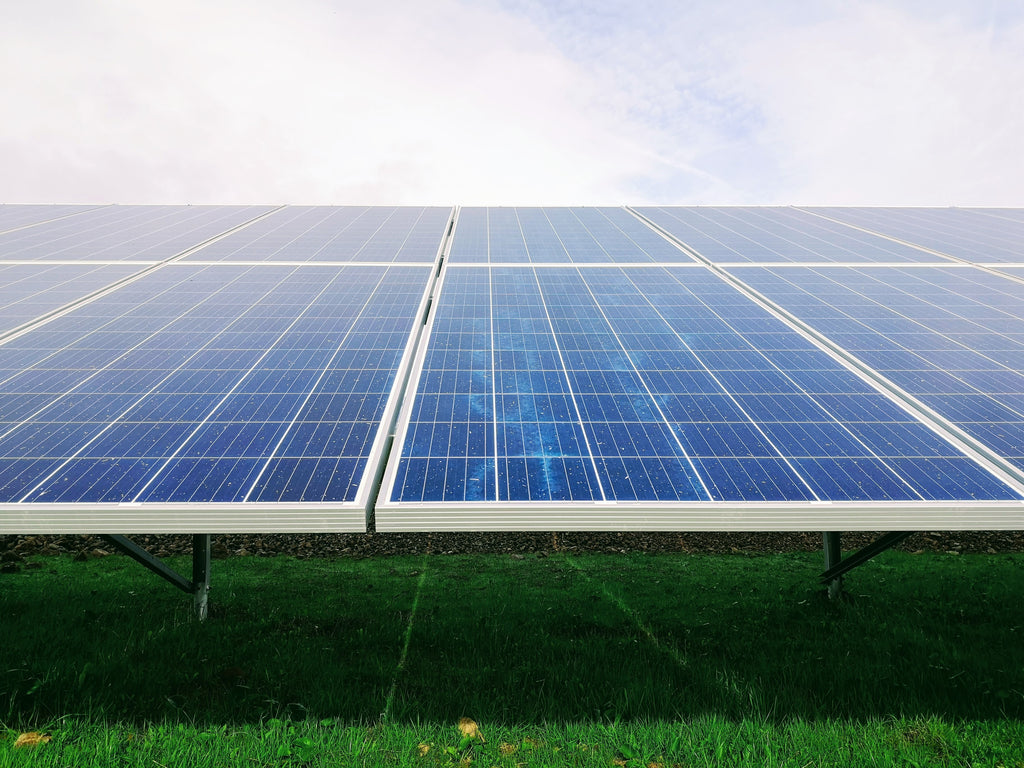On the heels of the COP26 UN Climate Summit the facts are clear: limiting global warming to 1.5 degrees Celsius is a Herculean task and we will need more than politics to achieve it.
Earlier this month, leaders from nations across the world met in Glasglow, Scotland to make pledges and sign voluntary agreements. Over two weeks, they promised to stop deforestation, cut coal, and divert billions of private finances for climate adaptation and mitigation. Yet, in the midnight hours of the final days, the tangible actions countries would collectively take to ‘keep 1.5 alive’ were alarmingly unclear.
The path to net zero—the elimination of carbon emissions through capture or offsets—has never felt so perilous, or high consequence. UN Secretary-General António Guterres called the most recent Intergovernmental Panel on Climate Change report “ code red for humanity.” Even if global warming is limited to 1.5 degrees above pre-industrial levels, communities across the globe will continue to experience erratic wildfires, flooding and heatwaves like what we witnessed this year .
But, we don’t need to rely on the pledges of world leaders and corporate interests to make our individual contributions to reach net zero. In fact, every person with a home or office has access to one of the simplest tools available for energy reduction: the thermostat.
According to the U.S. Energy Information Administration (EIA), in 2018 the average single-family household in the US used 10,712 kilowatt hours of electric energy annually. Of that, 29% was attributed to heating, 13% to cooling, resulting in a substantial 42% of domestic energy usage for temperature control.
Broadening the lens, the International Energy Agency (IEA) estimates that heating makes up 50% of global energy consumption. Cooling, which currently comprises 13% of global consumption, is anticipated to triple by 2050 as the world warms further and developing nations gain access to air conditioning.
It is time for us to embrace the democratization of personal energy reduction. What does this mean? That the tools for reducing our personal energy consumption—and sustainable means to maximize them—are accessible to all.
Consider the solutions currently thought of as the most effective in reducing personal energy emissions: Electric cars, solar panels, or adopting another form of renewable energy. Now, consider how accessible those solutions are. In 2021, the average cost for a fully electric vehicle in the US is $55,600. Solar panel costs vary by type and location, but generally run between $15,000 to $25,000 , not including installation. As for other renewables, most people cannot erect a hydroelectric dam on their personal properties, let alone a windmill, a geothermal reserve, or a nuclear power plant.

Solar panels are a great step toward zero emissions, but they are not accessible to all. Photo by Mariana Proença on Unsplash
We have to think smaller, closer to home.
In 2016, a group of scientists led by Dr. Yi Cui at the Precourt Institute for Energy at Stanford University published a study funded by the Department of Energy that illuminated potential energy reduction from heating and cooling systems. They found that changing the thermostat 2 degrees C lower in winter (keeping spaces cooler) and 2 degrees higher in summer (making spaces slightly warmer) could result in an average 12% annual energy savings on behalf of the user.
This is a significant number. In the US, it equals an average savings of 320 pounds of annual carbon emissions per person and 838 pounds per household. On a global scale, a shift of +/- 2 degree C could save 500 gigatons of carbon emissions, or $5 billion annually.
Of course, we need to consider ways to make these small changes in temperature comfortable and easy to embrace. One solution: Textiles. We spend our days surrounded by fabrics in our bedsheets, curtains, the upholstery on our furniture, and most importantly, the clothes we wear. What if scientific innovation could provide more efficient body temperature management through the textiles we surround ourselves with every day?
To be clear, I don’t mean textiles that are churned out of high emissions factories that contribute their own disproportionate amount of CO2 equivalents. I mean textiles that are developed and designed to heat and cool the body efficiently, and that are produced in the most sustainable way possible. These tools are available to us today. Polyethylene, for example, is one of the most available materials on earth and has the unique ability to actively cool your skin. When made into fabric, it uses a fraction of the water and nonrenewable resources required to grow, process and dye natural fibers like cotton.

Waste from plastic water bottles is an opportunity bring circularity into the textiles we surround ourselves with. Photo by Nick Fewings on Unsplash
The democratization of personal energy reduction begins with the widespread embrace of a simple, accessible way to shift our lifestyles to consume less energy without sacrificing comfort.
There is no better time than now. Limiting global warming to 1.5 degrees C cannot just be the task of world leaders. It must come from the most democratic tool that most every human can access: Our thermostats and the apparel we wear.